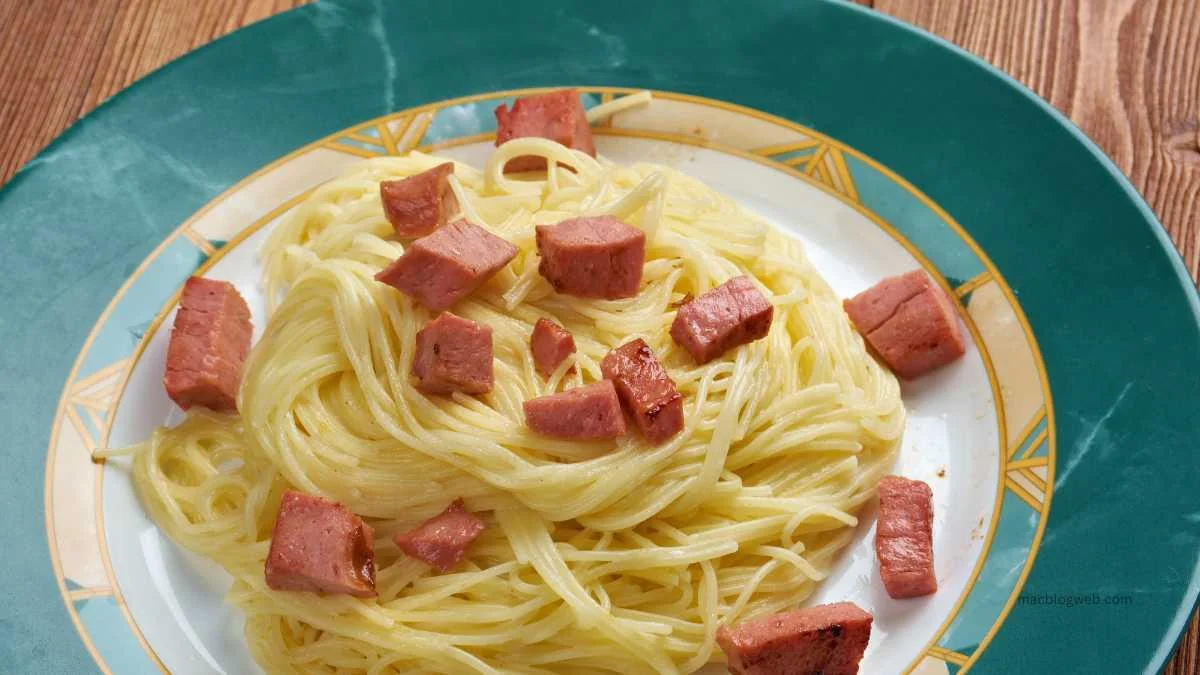Capellini, a type of pasta that has charmed its way into the hearts of culinary enthusiasts around the world, embodies the essence of Italian cooking—simplicity paired with sophistication. Often referred to as “little hairs” for its ultra-thin strands, capellini is a testament to the precision and tradition of Italian pasta-making. This article delves into the history, culinary uses, and variations of capellini, including its even finer cousin, capelli d’angelo, also known as angel hair pasta.
Historical Context and Origins
Capellini has been a staple in Italian cuisine for centuries, though pinpointing its exact origin within Italy proves challenging due to the widespread adoption and adaptation of pasta varieties across regions. The popularity of thin pasta like capellini surged during the Renaissance period, where the upper class favored delicate and refined foods. It’s evolution was influenced by the availability of durum wheat, which allowed for the creation of dried pasta that could be stored for extended periods—a significant development in pre-refrigeration times.
Characteristics of Capellini
Capellini is characterized by its thin diameter, typically ranging from 0.85 to 0.92 mm. This delicate nature lends itself to quick cooking and a light, almost absorbent texture, making it an excellent medium for subtle sauces and broths. Unlike thicker pasta that might overpower delicate sauces, it ensures a harmonious blend of pasta and sauce, each complementing the other without overshadowing.
Culinary Uses
In Italian Cuisine
Traditionally, capellini is best paired with light, olive oil-based sauces, fresh herbs, or a simple touch of seafood or vegetables. Its cooking time is short, usually about two to three minutes, which helps retain its texture without becoming mushy. In many Italian households, capellini is served as a part of a brodo or light broth, particularly in the form of capelli d’angelo, which is slightly thinner than capellini.
Global Culinary Adaptations
Capellini’s adaptability has led to its incorporation into a variety of global dishes, particularly those requiring a delicate pasta that absorbs flavors well. For instance, in Asian cuisine, it is often used as a substitute for traditional noodles in dishes like stir-fries and soups, its quick-cooking properties making it ideal for fast-paced cooking styles typical of Asian kitchens.
Capelli d’Angelo: A Closer Look
Capelli d’angelo, or angel hair pasta, is a variant of capellini that is even finer, with a diameter ranging from 0.78 to 0.88 mm. Known for its “angelic” fine strands, it has been a popular choice in Italian cooking since the 14th century, often reserved for special occasions due to its delicate texture. Like capellini, it is best used in dishes with light sauces or tossed in broths, but it can also be baked in casseroles or layered in seafood dishes where it subtly complements the flavors without dominating the palate.
Nutritional Profile
Capellini, made primarily from durum wheat semolina, is a good source of carbohydrates, providing energy through complex carbohydrates. It also contains protein, fiber, and is low in fat, making it a suitable option for balanced diets when consumed in moderation. However, for those with gluten sensitivities or celiac disease, alternative gluten-free options made from rice or cornflour are recommended.
Cooking Tips
To perfectly cook capellini, boiling it in a large pot of salted water is crucial to prevent the strands from sticking together. Due to its thinness, it cooks quickly, and overcooking can lead to a clumpy, overly soft texture. Draining it immediately after cooking and tossing it with a bit of olive oil or mixing it directly with sauce can help maintain its ideal texture.
Conclusion
Capellini, with its fine strands and delicate nature, remains a beloved pasta choice for chefs and home cooks alike. Its ability to marry subtly with a multitude of ingredients and cuisines makes it a versatile staple in the pantry. Whether dressed simply with butter and herbs or used as a base for a richer meal, it promises elegance and flavor in every bite, truly embodying the art of Italian pasta making. As culinary traditions evolve, the enduring appeal of capellini and its variations like capelli d’angelo continues to inspire dishes that celebrate both innovation and tradition in the kitchen.
FAQs on Capellini
- What is capellini, and how is it different from other pasta?
Capellini, meaning “little hairs,” is a thin pasta with a diameter of 0.85 to 0.92 mm, making it more delicate and quicker to cook compared to thicker pasta varieties. - What are the best dishes to make with capellini?
Capellini pairs well with light sauces, broths, and seafood or vegetable dishes, and its quick cooking time makes it ideal for both Italian and global cuisines. - How does capelli d’angelo differ from capellini?
Capelli d’angelo, or angel hair pasta, is even finer than capellini (0.78 to 0.88 mm) and is commonly used in broths, light sauces, and elegant dishes requiring a delicate pasta.








